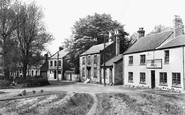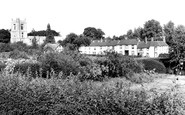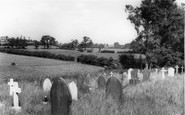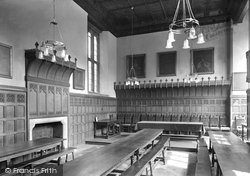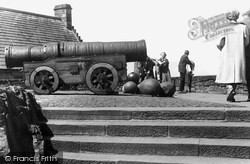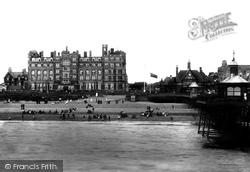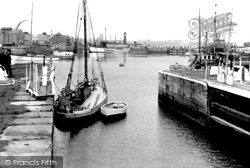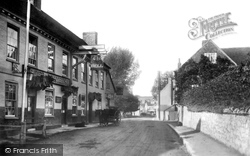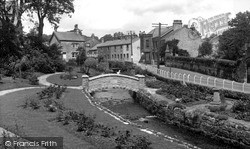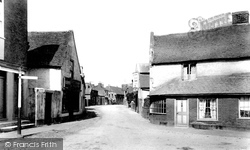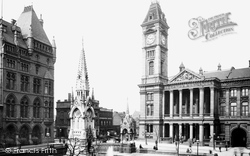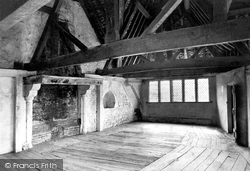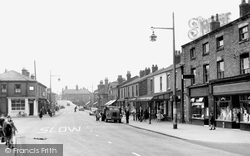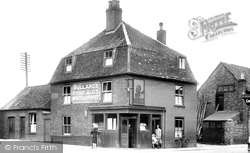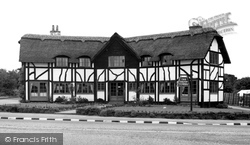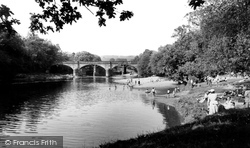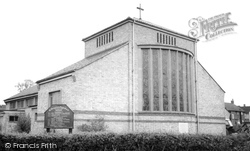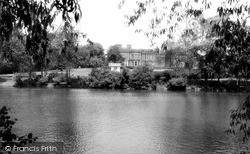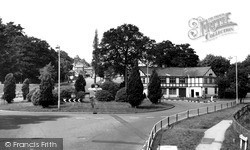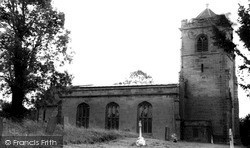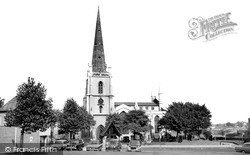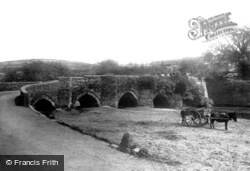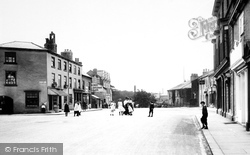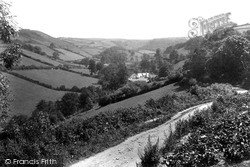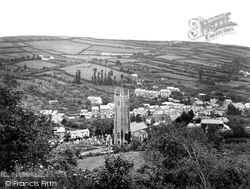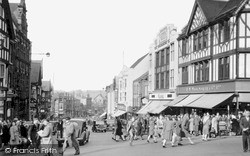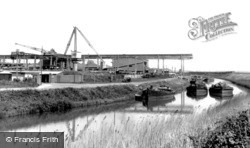Places
4 places found.
Those places high-lighted have photos. All locations may have maps, books and memories.
Photos
6 photos found. Showing results 301 to 6.
Maps
65 maps found.
Books
1 books found. Showing results 361 to 1.
Memories
4,591 memories found. Showing results 151 to 160.
Innocent Happiness
I was born just after the Second World War and like many people came from a fairly poor working class background. I was, however, blessed in many areas of my life and one of them was having an aunt who lived at 8 Hamilon ...Read more
A memory of New Brighton by
Margaret
Margaret lived at 20 West View in 1951 and came regularly to Gateshead. She had a friend who lived near Saltwell Park. When I was called up to do my National Service on 4/10/1951 we were pen friends but she stopped writing after a good ...Read more
A memory of Washington in 1951 by
Days Gone By
My family arrived in Seaforth late in 1939 after we were shipped back from Gibraltar where my father was stationed with the Kings Regiment. Early memories of our house in Holly Grove are vague. My sister Maureen and I, along with ...Read more
A memory of Seaforth in 1940 by
Whitley Bay Colman Cafe Boarding House On The Esplanade
Does anyone remember a cafe / boarding house on the Esplanade, called Colman or Colman's? It was run by some relatives of mine and I am trying to trace the family tree; I do not know their ...Read more
A memory of Whitley Bay in 1930 by
Horney Common As A Child
I was born in London in 1938. When war broke out the following year my father sent my mother and myself down to Devon but soon after that he, and many of his regimental colleagues in the Army, rented a large country ...Read more
A memory of Horney Common in 1940 by
Born In Fenny Stratford
I was born at number 8 Woodbine Terrace; in attendance was nurse Brinklow the local midwife and Dr Gleeve. My parents were Jim and Vera Cusack. Just after the begining of the war my mother, ...Read more
A memory of Fenny Stratford in 1948 by
Longleat
My grandfather Cecil Welch, who was the local estate agent and auctioneer based at the Old Town Hall in the High Street, bought several old cottages next to the blacksmiths in Church End for his son John and wife Peggy, at the vast ...Read more
A memory of Great Dunmow in 1948
Lightning Strikes
This is August 1953, I was 10. We were playing cricket on the clay field with some older lads, the stumps were iron and came from Spencers steel works which was nearby and stuff like this was easily got. Anyway I remember it was ...Read more
A memory of Newburn in 1953 by
Childhood Memories Great Bardfield 1969
My late parents were the landlord and landlady of the Vine public house. I was just coming into teenage years. Friends came from the base who lived in the village. The pub itself was refurbished in ...Read more
A memory of Great Bardfield in 1969 by
A Quiet Haven Of Peace.
I lived next door to Davenham Church, and one summer's day, when I was about 7, I went for a walk around the churchyard. Hearing a rustling noise on the ground, I crouched down, parted some long grass, and found a baby ...Read more
A memory of Davenham in 1959 by
Captions
925 captions found. Showing results 361 to 384.
He came from a wealthy family, and spent much of his fortune developing St Catharine's (named after the patron saint of learning).
The cannon 'Mons Meg' is said to have been cast at Mons, Belgium in 1486, on the orders of James III.
The sea came well up to the promenade; in later years, as at Southport, it has receded. Picture postcards often featured this hotel—one reads 'All the nobs stay here'!
A further boost to the port's success came with the construction of a spur to the Lancaster Canal in 1826, and a huge basin was built to accommodate the barges that transported the cargoes inland.
The early 18th-century Bell Inn on the Eastbourne Road was one of several important staging inns in this village when Cobbett came here in 1822 and lauded it as being beautiful.
The village of Waddington has won the 'Best Kept Village in Lancashire' title on many occasions.When Queen Elizabeth II came to the throne in 1953, the village erected a Coronation Bridge and laid
Before the railway came in 1838 and today's town began to grow, this was the centre of Woking. Here it appears as though it is completely deserted with not a soul to be seen.
Much of the money for the gallery came from wealthy glass manufacturer Thomas Osler, whose firm made the famous glass fountain centrepiece for the Great Exhibition at the Crystal Palace.The clock
Lord Craven refurbished Stokesay for Elizabeth; it is sad to think that she never even came here.
A second boost came 100 years later when the railway was built. Its bridge lies just behind the photographer.
A large number of pubs were closed when the licensing act of 1902 came into force.
Fame is assured by the fact that the roundabout is named after the establishment.
Well before it became a favourite bathing and picnic spot, the Lune's beauties at Caton were extolled by the poets Wordsworth and Gray, and Turner came to paint the scene.
The bell came from the mortuary chapel at Ayot St Peter, to whom it had been donated by Charles Willes Wilshere of The Frythe in 1876.
The mansion in the park was originally known as Heath House, and later came to be called Studley Court.
People mostly arrive at the Lickeys by car today (though there are plenty of buses), but from 1913 to 1924 they came by bus, and from 1924 to 1952 on the hugely popular Number 70 tram, which served
It is often said to have been founded by Lady Godiva, but Meriden's main claim to fame is the ancient cross on the village green reputed to mark the centre of England.
Alfred Watkins, the man who came up with the idea of ley lines, claimed that churches were sometimes built deliberately on ancient tracks, with tunnels provided for travellers to pass through
This is also the highest tidal point up to which shipping once came; but as this view shows, the quays and channel became silted by material washed down the river.
In 1920 all the influential Dunlop Guide could find to say about the town was that it had 'pleasant walks by the river'.Wetherby was famed for its ancient Thursday market and fair, sanctioned
Chambercombe is an ancient manor, named after the de Cambernon family, one of whom fought alongside William the Conqueror at Hastings.
Combe Martin`s early prosperity came from its lead and silver mines, which were worked from prehistoric times.
Then Sir William came home.
A plywood mill imported timber from Africa, which came to the canal from Avonmouth docks by barge, as we can see here. The area has since been sold for development.
Places (4)
Photos (6)
Memories (4591)
Books (1)
Maps (65)

